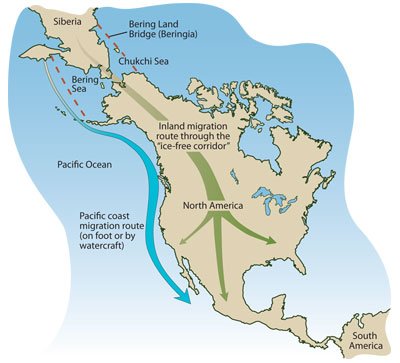
The standard timeline for the peopling of the Americas has people coming across from Asia and traveling down via Alaska to Canada to the continental US and spreading from there. There has been an argument over what route has been taken, but the general time it is assuming that people came to the Americas was sometime around 15,000 years ago. Possibly as much as five thousand years earlier, but in that area.
There was and is a fight over whether or not people arrived before the Clovis culture. However, the evidence is building up that they did, in fact arrive earlier. What route was taken is still debated, the coastal route or inland glacially free route, but by and large everything seemed pretty set. And then...

Well, let's stop and talk a bit about North America in the Pleistocene or as it is often popularly called, the Ice Age.
North America was a wildly different place at that time. It had far, far more in common with Africa than as it is now. There were vast herds of animals across the Great Plains in far more variety than what is present when Europeans came. Elk (or wapiti), bison, pronghorn and deer were on the plains when Americans, Canadians and Spanish wandered across them. However, in the Pleistocene, there were camels, horses, mammoths and more. These moved in great migrations, just like the ones on the Serengeti today.
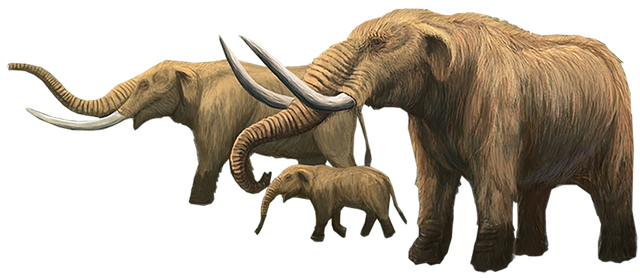
The forests were wildly different as well. There was one particular animal there definitely nowhere in the world today. That would be the Mastodon. Superficially, mastodons looked a lot like an elephant. They were relatives, but distantly related. They were not mammoths either. They lived in conifer forests and were browsers, often eating even pine needles. The American President, Thomas Jefferson, even told the Lewis and Clarke Expedition to keep an eye out for mastodons on their exploration to the West. Alas, the Mastodon was long extinct.
Whether by climate or by overhunting, the mastodon, along with a lot of different megafauna have disappeared from the world. The worst spots impacted were the Americas and Australia, but nowhere escaped the megafauna die-off at the end of the Pleistocene. That, however, is a topic for another post.
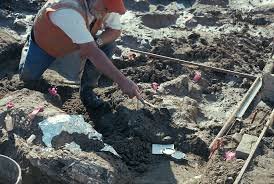
We know for a fact that paleoindians, native americans or first nation people, who were here prior to the megafauna extinction did hunt the mastodon. What was a huge surprise was a dig in San Diego, California. It was such a surprise that it really ought to be classified as an extraordinary claim.
Why?
Someone 130,000 years ago - more than 100,000 years prior to the earliest possible arrival of humans in North America! - slaughtered and butchered a mastodon. They appeared to have used paleolithic tools. They left very identifiable tool marks and cuts on the bones. But they left no other evidence of themselves. Not anywhere we have seen or found in North America.

To be sure, there were people 100,000 years later, but at that point in the Pleistocene, as far as we can tell there was no sign of anyone living in the Americas. Yet at this one archaeological site, called the Cerutti Mastodon Site, we definitely have evidence. However, there is definitely wild skepticism. This is an extraordinary claim and others want to see the data and the bones to be able to draw their own conclusions. Honestly, though, it will take another site or two to verify the claim.
The question remains, who could it be? Who could have been around in the world to hunt a mastodon in North America? As noted before, there were more types of people in the world 50,000 years ago and earlier than today. Neandertals, Flores Hobbits, Denisovans, Red Deer Cave People and modern humans for sure. There might have been more archaic forms as well, like Homo erectus. Any of those hominins could potentially been the butchers: all of them used that type of technology with the exception of H. erectus.
However, the Neandertals were restricted to the western reaches of Eurasia and appear to have not spread much past the Urals. The Flores Hobbits were restricted to one island in Indonesia. The Red Deer Cave people have only been found in southern China, but they may have existed elsewhere. In all probability, that leaves either modern humans or Denisovans, unless there was another archaic form we were unaware of or H. erectus adopted more modern stone tool technologies than we are aware of.
So, the mysterious Denisovans or modern humans are the likely culprits. The problem is modern humans would have left descendants and everywhere modern humans have gone, they have made significant impacts on the environment. People haven't ever really lived in harmony with its environment, despite myths to the contrary. That would imply it was not modern people.
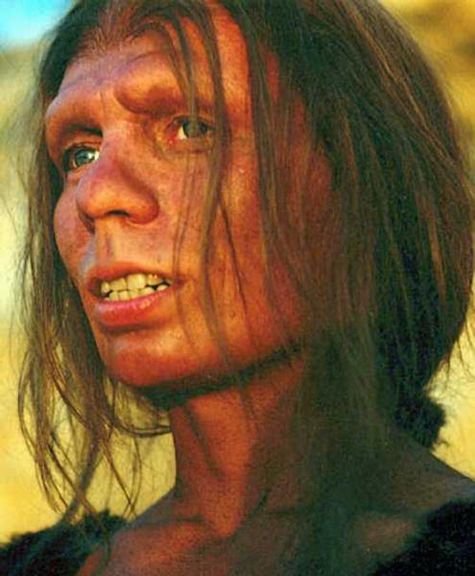
speculative denisovan reconstruction
So! Denisovans, right? Well, we just don't know. As I stated, there needs to be review of the data. There needs to be more sites from that time frame found before archaeologists are willing to accept that date. It would really, really be best to find skeletons or partial skeletons of people from then, whatever kind they were. Until we do, we are stuck with the Mystery of the Mastodon Murder.
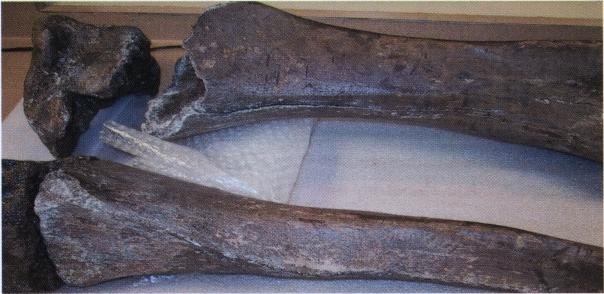
Very nice article you have there! But do not forget to cite your sources and credit your images when necessary
Downvoting a post can decrease pending rewards and make it less visible. Common reasons:
Submit
article specific sources are linked to in the article rather than the traditional citations at the end. I will see about sourcing the images in the future.
Downvoting a post can decrease pending rewards and make it less visible. Common reasons:
Submit